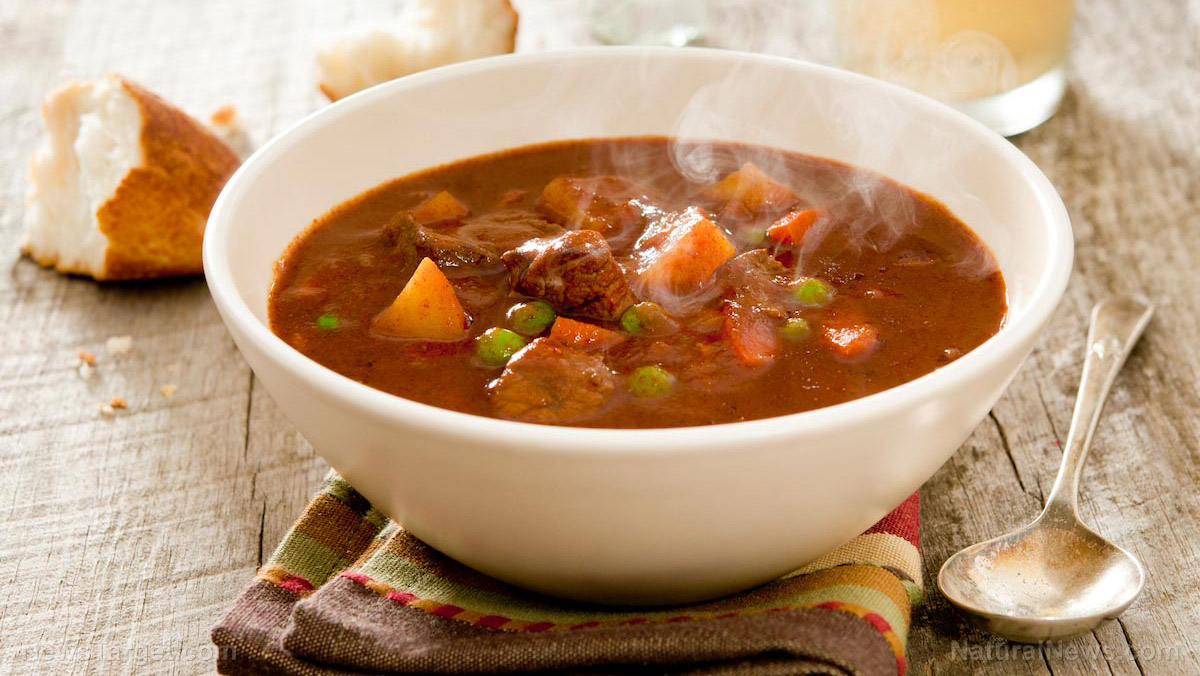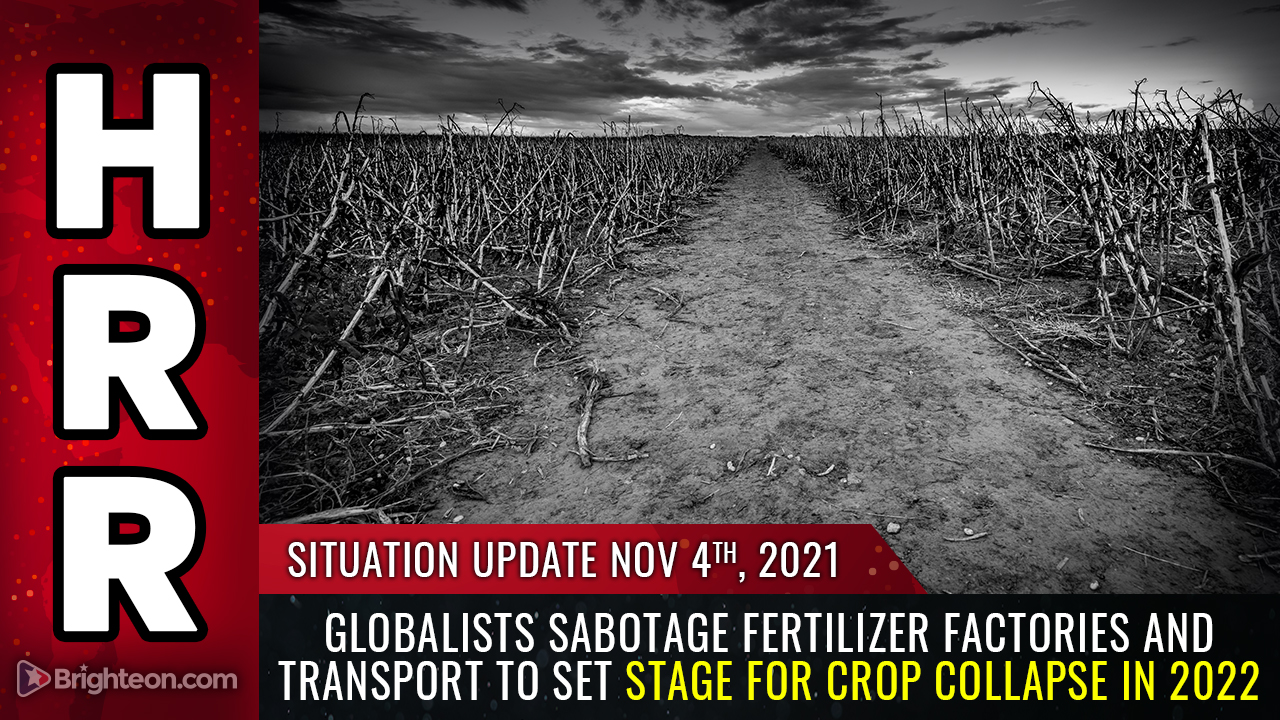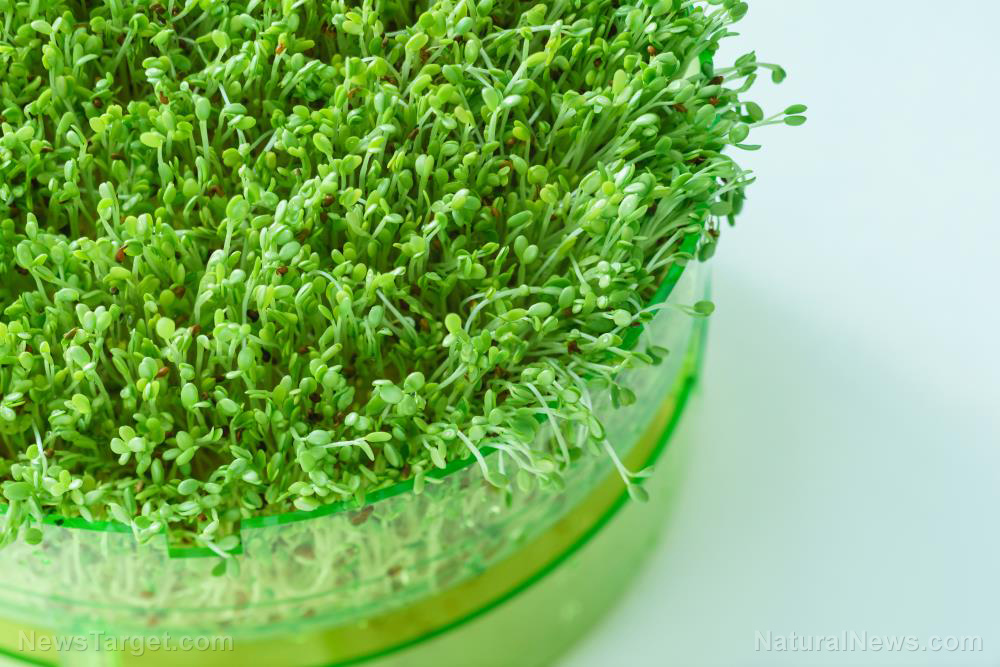10 Tips for stockpiling food
11/05/2021 / By Divina Ramirez

Having a well-stocked refrigerator, freezer and pantry is a good idea in the best and worst of times. It can help keep you and your family fed and safe when SHTF.
Ideally, your stockpile should have nutritious foods that fuel your body so you can easily handle emergencies or carry out vital survival tasks. Your stockpile should also have shelf-stable foods so you can stretch out your supply for as long as possible. Here are more tips on stockpiling food: (h/t to DystopianSurvival.com)
1. Stock up on foods you eat on a regular basis
Only buy foods you actually eat on a regular basis so you don’t waste money. List down what types of foods you and your family regularly eat and take note of any special dietary restrictions. For perishable items on your list, replace them with non-perishable versions if available. For example, buy powdered milk instead of the usual milk in a jug or carton. If there is no suitable non-perishable substitute for a certain food, cross it off the list.
Once you have a comprehensive list of foods to buy, buy enough of each to last three days at the very least. This means the overall amount of food you buy should be enough to cover your whole family for three days.
2. Stock up on foods you actually eat
Only buy foods that you will actually eat. If you don’t want to eat a certain food now, chances are you won’t want to eat it later as well. Buying foods you don’t like can unnecessarily take up space in your stockpile.
3. Stock up on ingredients
You can’t and shouldn’t live off of canned foods and dried meats forever, so stock up on ingredients. Take note of the dishes you serve on a regular basis and list down their ingredients. Versatile ones to add to your stockpile include herbs, spices, tomato paste, canned mushrooms and chicken or vegetable stock.
4. Stock up on tea and coffee
Tea and coffee will be hard to come by during tough times. Both are typically hit hard by inflation as well. If you or your family are avid tea or coffee drinkers, stock up on tea bags and coffee beans or grounds.
5. Stock up on potable water
Water will be one of the first few utilities to go when SHTF. The Centers for Disease Control and Prevention recommends storing at least one gallon of water per day for each member of your household. If possible, create a two-week supply of potable water. Don’t forget to store extra potable water if you have pets.
6. Stock up on foods that don’t require cooking
Don’t dismiss the possibility of being without electricity or gas in the event of a major disaster. Stock up on foods that don’t require cooking, such as peanut butter, crackers and canned meats, fish and fruits. You can eat these foods on their own or use them in no-cook recipes to make filling dishes.
7. Don’t stock up on foods that need to be chilled or frozen
If the power goes out, frozen and refrigerated foods will be the first foods to spoil, so don’t include them in your stockpile. It would be better to stock up on non-perishable alternatives, such as dried meats and canned fish.
8. Store foods properly
Improperly stored foods will go bad quickly, even if they’re supposed to be non-perishable or shelf-stable. Keep canned goods in a cool, dry place. Dry foods, such as rice, pasta and beans, should be kept in airtight containers in a cool, dry place as well.
9. Don’t rely on expiration or best-by dates
Many shelf-stable foods, such as canned foods, typically have “best-by” and “use-by” dates. The best-by date indicates the recommended time to use the product for the best flavor and quality, while the use-by date indicates the final day that the product will be at its peak flavor and quality. After this date, the product’s flavor and quality will begin to deteriorate but the product itself will remain edible.
In most cases, eating food after either of these dates just means a decline in quality. When in doubt, use your senses to determine whether or not the food has gone bad. Signs of mold, a foul odor, an “off” texture and bloated or leaking cans are all red flags. Discard any product that exhibits any of these signs.
10. Build your stockpile slowly
Unless you have hundreds or thousands of dollars to burn, don’t try to build your stockpile in one go. A good strategy would be to buy extra food items for your stockpile whenever you go to the grocery. That way, you can build a decent stockpile without having to blow your grocery budget. (Related: 8 Must-have foods for your survival stockpile.)
Go to Survival.news to learn more about what to include in your survival food stockpile.
Sources include:
Tagged Under: emergency food, food stockpile, Food storage, food supply, homesteading, off grid, preparedness, prepper, prepping, self-sufficient, SHTF, survival, survival foods, tips
RECENT NEWS & ARTICLES
COPYRIGHT © 2017 FOOD FREEDOM NEWS




















